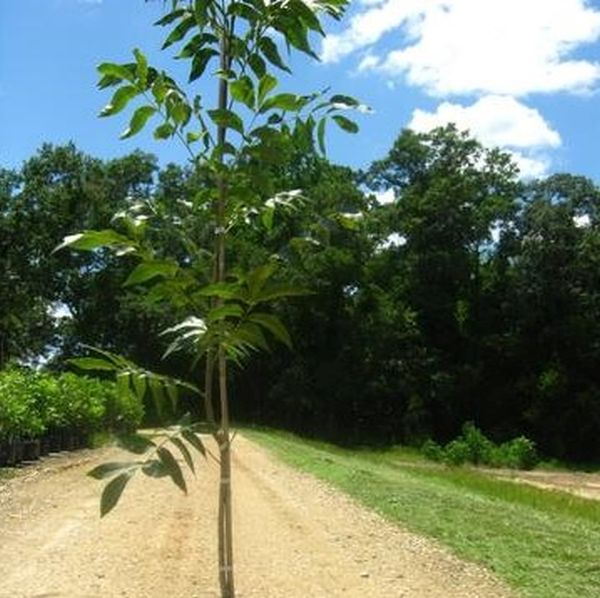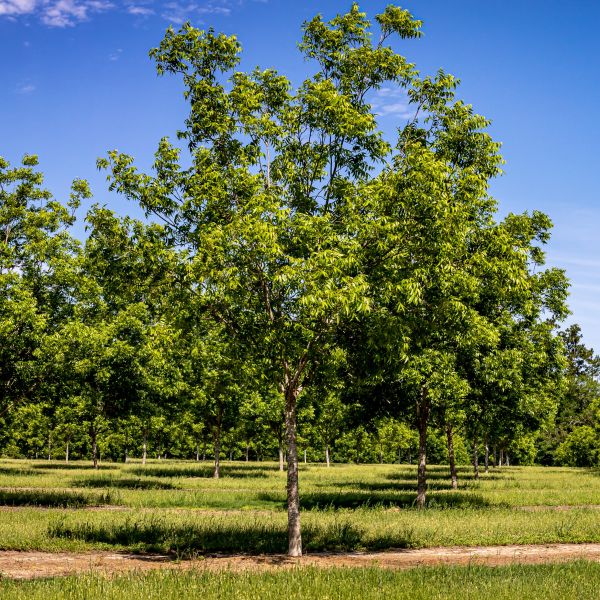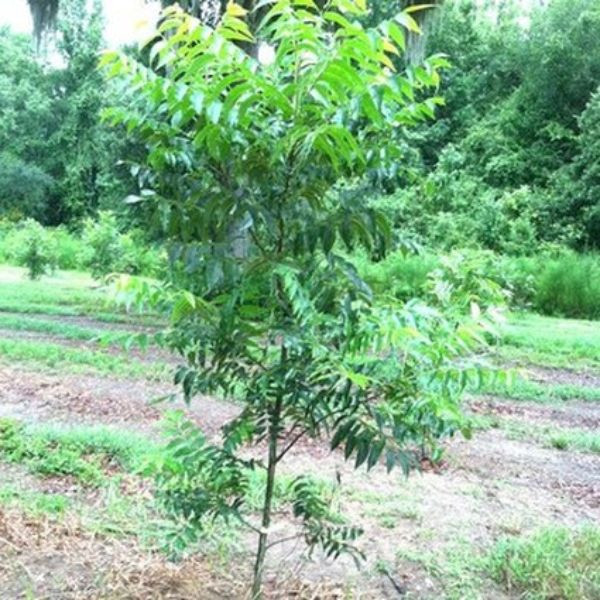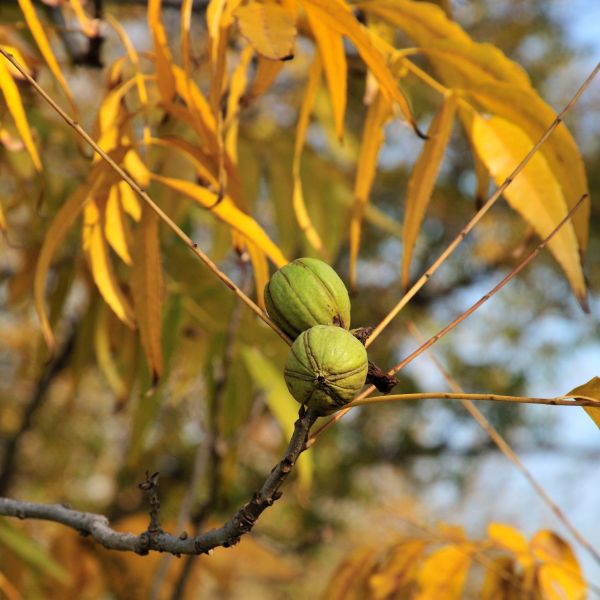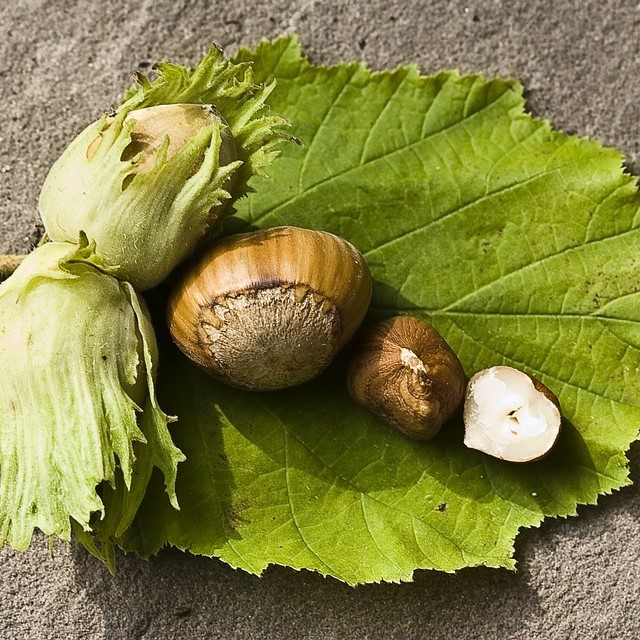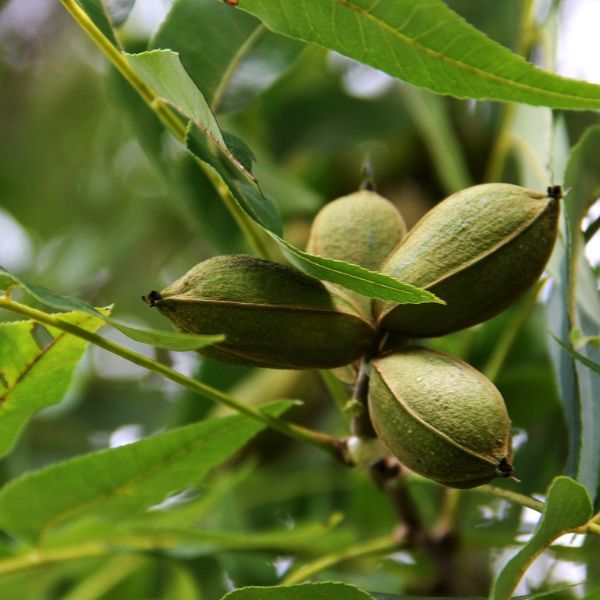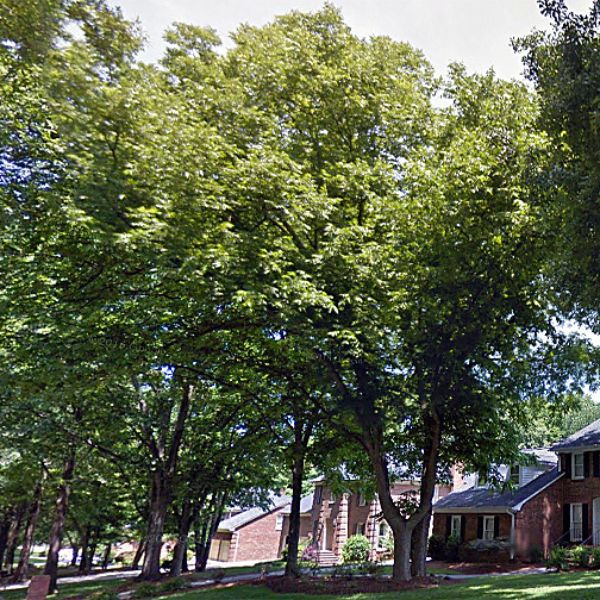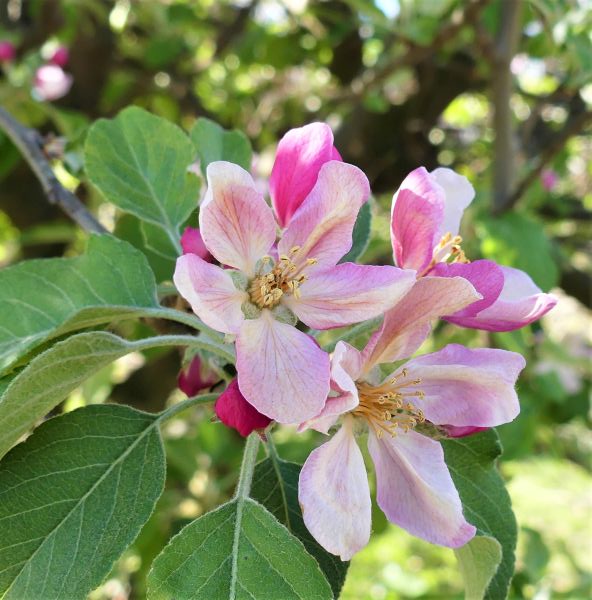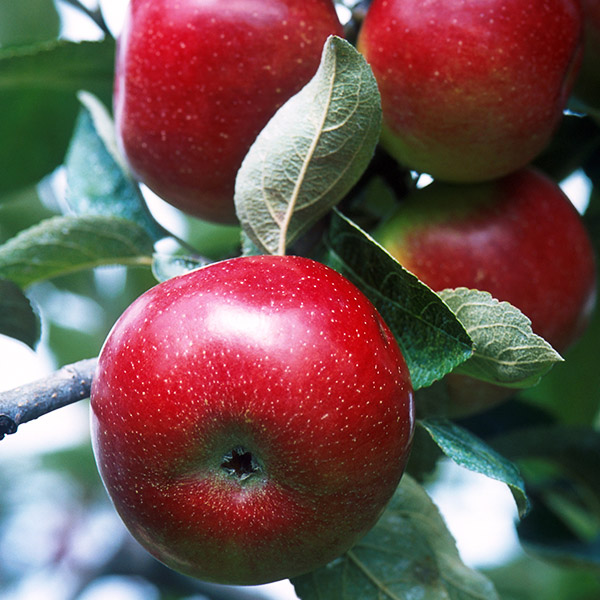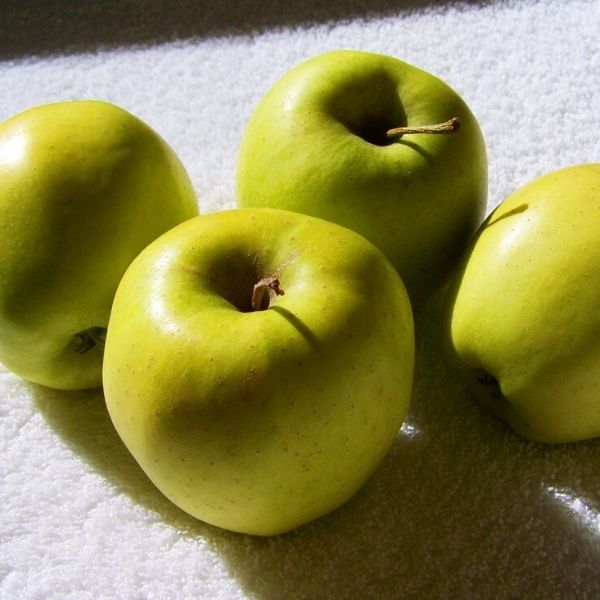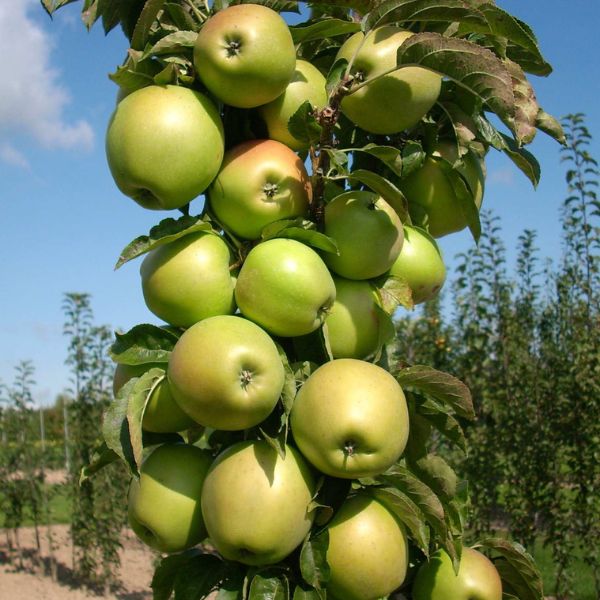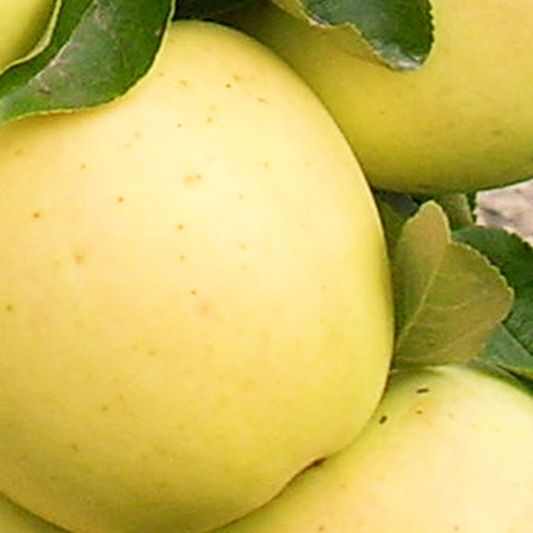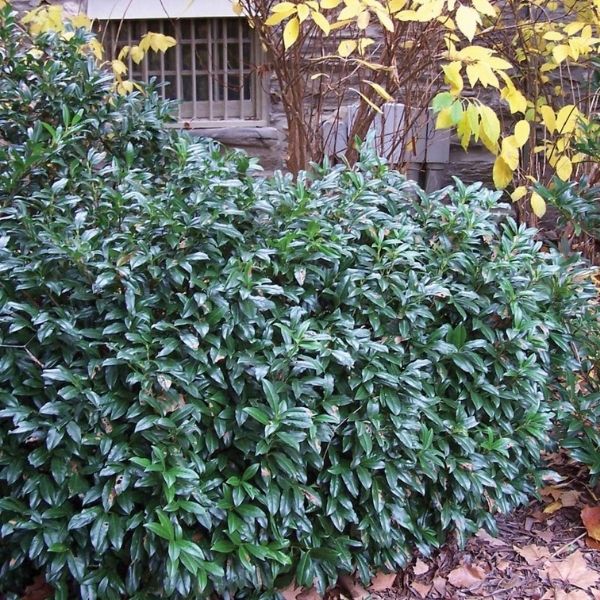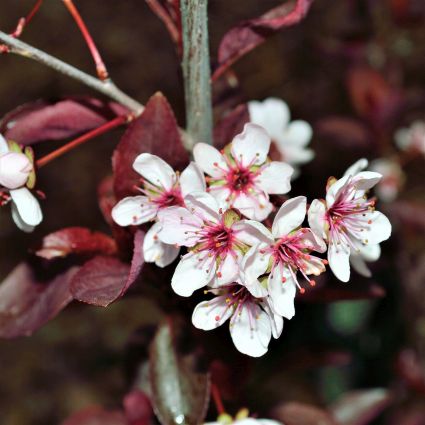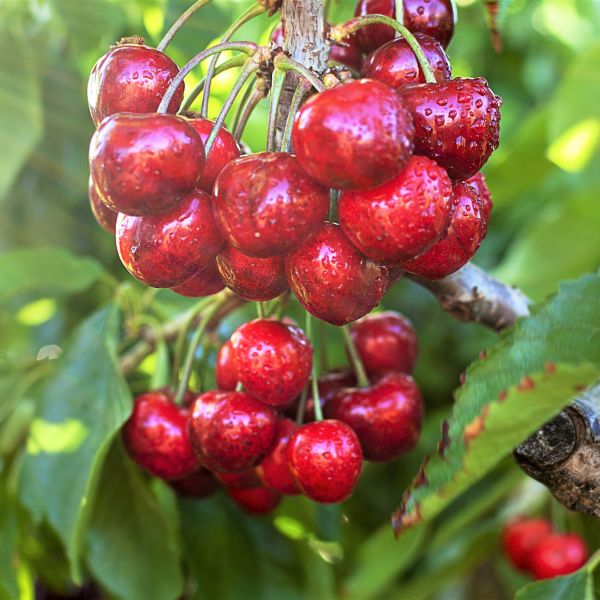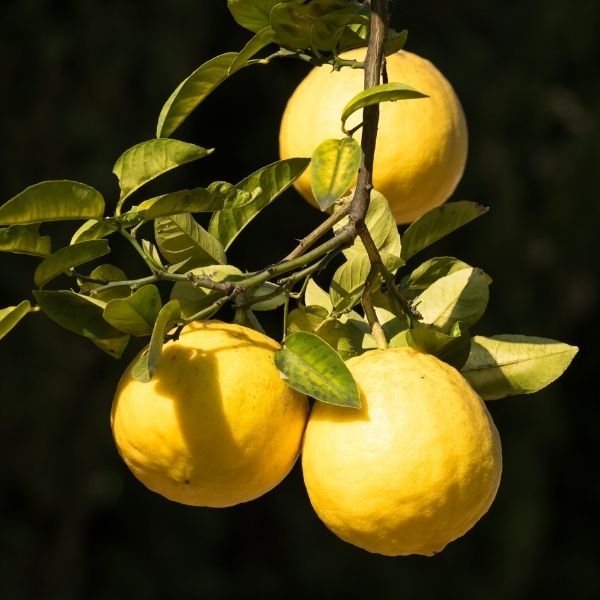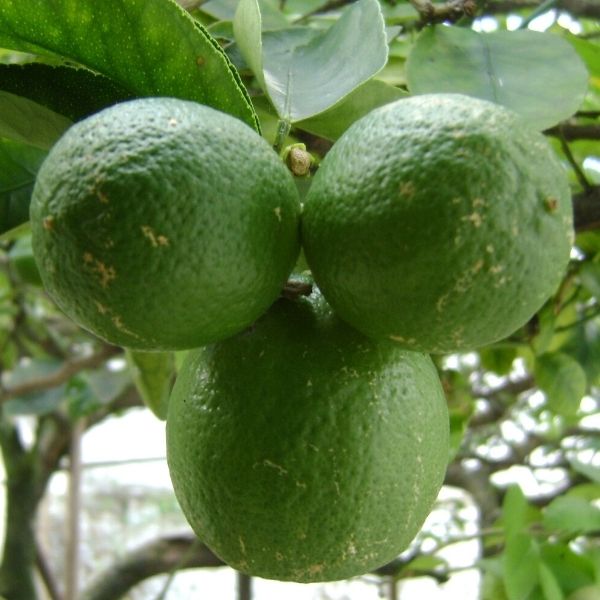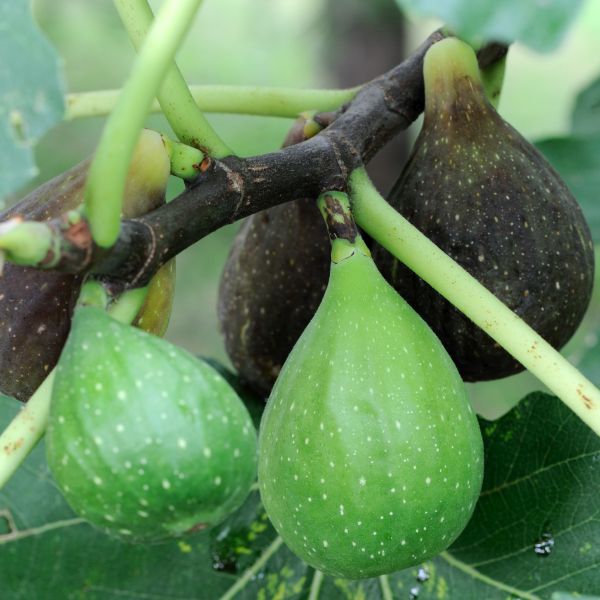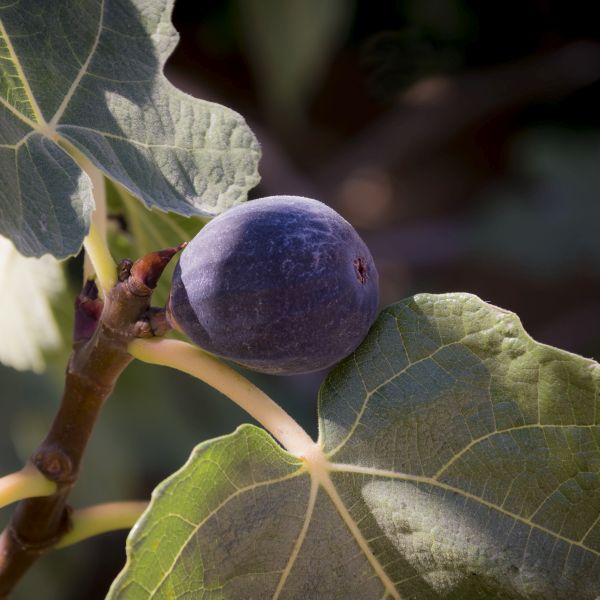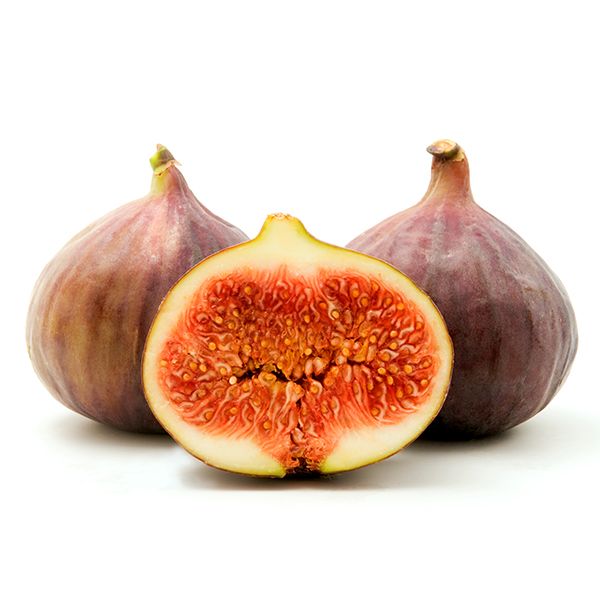Oconee Pecan
Carya illinoinensis 'Oconee'
5 reviews
Oconee Pecan
Carya illinoinensis 'Oconee'
5 reviews
- Freshly harvested pecans from the Oconee River region
- High-quality and flavorful nuts perfect for snacking or baking
- Sustainably sourced and locally owned business
- Ships in 3 to 7 days
- Free Shipping
- Plant Arrival Guarantee
- In Stock
$162.00
$178.2
10% Off
3.5 Gallon
Why Oconee Pecan?
Oconee Pecan (Carya illinoinensis 'Oconee') is a popular pecan cultivar known for its exceptional nut quality and high-yielding characteristics. It is a self-pollinating variety, meaning it does not require another pecan tree for pollination. Oconee Pecan trees have medium-sized nuts with a thin shell and a sweet, rich flavor. They are resistant to pests and diseases and are a favorite among pecan enthusiasts for their reliable and abundant harvest.
People who loved this plant also bought
Sunlight
Oconee Pecan trees require full sun exposure to thrive and produce a good harvest.
Watering
Oconee Pecan trees require regular watering, especially during hot and dry periods. Adequate moisture is essential for the healthy growth and development of the tree, as well as for the production of good quality pecans.
Fertilizing
Oconee Pecan trees require a balanced fertilizer with a ratio of nitrogen, phosphorus, and potassium such as 10-10-10 or similar formulations. Regular fertilization is typically required, especially during the tree's active growing season.
Oconee Pecan
(Carya illinoinensis 'Oconee')
The Oconee Pecan tree, scientifically known as Carya illinoinensis 'Oconee', is a cultivar known for producing excellent quality pecans. With its beautiful appearance and bountiful harvest, this pecan tree is a wonderful addition to any garden or orchard.
The Oconee Pecan tree is a medium-sized deciduous tree that can grow up to 70 feet tall with a spread of 40 to 70 feet. It has a beautiful rounded canopy with attractive dark green compound leaves, adding an aesthetic appeal to any landscape.
The leaves of the Oconee Pecan tree emerge in spring and provide a lovely shade during the hot summer months. In the fall, the foliage turns into stunning shades of yellow, orange, and bronze, creating a picturesque view.
One of the standout features of the Oconee Pecan tree is its incredible nut production. The tree bears abundant crops of large and flavorful pecans, making it a favorite among nut enthusiasts and commercial growers alike. The nuts have a thin, smooth shell that is easy to crack, revealing the sweet and buttery kernel inside.
The Oconee Pecan tree is known for its early nut maturity, usually beginning to produce nuts at a young age. It is a self-pollinating variety, but planting multiple trees in close proximity can increase cross-pollination and boost overall productivity.
This cultivar is also highly valued for its resistance to diseases, notably scab, which is a common problem affecting pecan trees. The Oconee Pecan tree shows good scab resistance, reducing the need for intensive chemical treatments and making it a more sustainable and low-maintenance option.
The Oconee Pecan tree prefers full sun to partial shade and well-drained soil. It thrives in USDA hardiness zones 6 to 9, making it suitable for a wide range of climates. Regular watering and fertilization can help promote healthy growth and maximize nut production.
Add the Oconee Pecan tree to your landscape and enjoy its beauty, shade, and delicious pecans for years to come. Whether you are an avid home gardener or a commercial pecan farmer, this cultivar will surely impress with its exceptional qualities.
Plant Information:
| Botanical Name: | Carya illinoinensis 'Oconee' |
| USDA Zones: | 6-10 |
| Water: | Moderate |
| Exposure: | Full Sun |
| Soil Needs: | Well-Drained |
| Mature Height: | 50 - 90 feet |
| Mature Spread: | 20 - 40 feet |





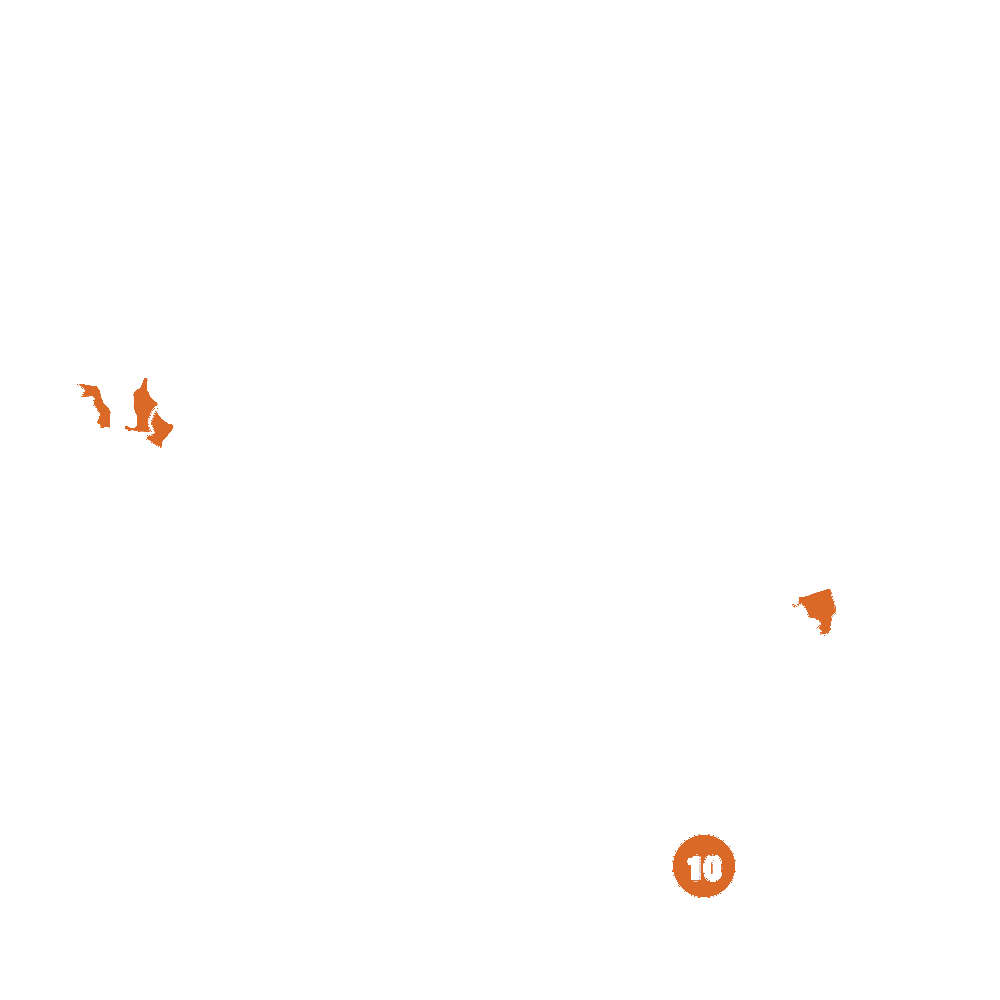
Pollination Info
Pollination Information for Oconee Pecan (Carya illinoinensis 'Oconee')
Oconee Pecan (Carya illinoinensis 'Oconee') is a popular variety of pecan tree known for its excellent nut quality and disease resistance. It is a self-pollinating or protandrous pecan cultivar, meaning it has both male and female flowers on the same tree but exhibits a sequential pollen shed pattern.
Pollen Shed Pattern
Oconee pecan trees shed pollen in two stages, known as Type I and Type II pollination. This sequential pollen shed pattern minimizes self-pollination and promotes cross-pollination, which is necessary for optimal nut production.
- Type I Pollination: Type I pollination occurs earlier in the season, usually in mid to late spring. During this stage, the pecan tree sheds pollen from its male flowers.
- Type II Pollination: Type II pollination takes place later in the season, usually several weeks after Type I pollination. During this stage, the pecan tree's female flowers become receptive and accept pollen for fertilization.
Pollination Requirements
While Oconee pecan trees are self-pollinating to some extent, it is recommended to have another compatible pecan variety nearby for cross-pollination and optimal nut production. Cross-pollination increases yield, improves nut quality, and ensures a more consistent crop.
When selecting a compatible pollinator for Oconee pecan, consider pecan varieties that shed pollen during the Type II pollination period. Good pollinators for Oconee pecan include:
- Cape Fear Pecan (Carya illinoinensis 'Cape Fear')
- Elliott Pecan (Carya illinoinensis 'Elliott')
- Sumner Pecan (Carya illinoinensis 'Sumner')
Having at least one compatible pollinator within a 100-foot radius of the Oconee pecan tree is recommended for effective cross-pollination.
Note: Proper care and maintenance of the pecan trees, including adequate irrigation, nutrition, and pest control, are important factors in maximizing pollination and nut production.
FAQ
Oconee Pecan (Carya illinoinensis 'Oconee') FAQ
Q: What is the Oconee Pecan?
A: The Oconee Pecan, scientifically known as Carya illinoinensis 'Oconee', is a specific cultivar of pecan tree renowned for its large, high-quality nuts.
Q: How tall does the Oconee Pecan tree grow?
A: The Oconee Pecan tree can grow to be about 75-100 feet tall, forming a broad, rounded canopy.
Q: What is the typical spread of the Oconee Pecan tree?
A: The Oconee Pecan tree usually has a spread of 50-75 feet, ensuring ample space is available for planting.
Q: Does the Oconee Pecan require cross-pollination?
A: No, the Oconee Pecan is a type A pecan tree, which means it is considered self-pollinating and does not require another tree for cross-pollination.
Q: When does the Oconee Pecan tree produce nuts?
A: The Oconee Pecan tree typically starts producing nuts at around 6-8 years of age, with optimal nut production occurring between 12-15 years.
Q: Are the nuts produced by the Oconee Pecan tree of good quality?
A: Yes, the Oconee Pecan tree produces large, thin-shelled nuts with excellent kernel quality. They are highly regarded for their flavor and are often used in both cooking and snacking.
Q: What is the best growing environment for the Oconee Pecan?
A: The Oconee Pecan thrives in full sun and well-draining soil. It can adapt to various soil types, including sandy loam, clay loam, and even deep, well-drained soils. However, it is important to avoid areas with poor drainage.
Q: How much water does the Oconee Pecan tree need?
A: The Oconee Pecan tree requires regular watering, especially during periods of drought. It is important to provide deep and thorough watering, ensuring the soil is evenly moist but not waterlogged.
Q: When is the best time to prune the Oconee Pecan?
A: The Oconee Pecan should be pruned during late winter or early spring, before new growth begins. This timing helps prevent excessive sap flow and minimizes the risk of disease.
Q: Are there any common pests or diseases that affect the Oconee Pecan tree?
A: Yes, the Oconee Pecan tree can be susceptible to various pests and diseases, including pecan weevils, aphids, pecan scab, and fungal infections. Regular monitoring, proper cultural practices, and timely treatment can help manage these issues.
Planting & Care
Planting & Care for Oconee Pecan (Carya illinoinensis 'Oconee')
Oconee Pecan is a variety of pecan tree known for its high-quality, large nuts. Here are some tips for planting and caring for an Oconee Pecan tree:
1. Choosing the Right Location
Ensure that you select a location that receives full sun, as pecan trees thrive in bright sunlight. The soil should be well-draining and rich in organic matter. Avoid areas prone to waterlogging.
2. Planting
Follow these steps for proper planting:
- Dig a hole that is wide and deep enough to accommodate the tree's root system. The hole should be at least twice as wide as the root ball.
- Carefully place the tree in the center of the hole, ensuring that it is straight.
- Backfill the hole with soil, gently firming it around the roots to eliminate air pockets.
- Water the tree thoroughly after planting to settle the soil.
3. Watering
Pecan trees require regular watering, especially during their first year after planting. Establish a deep watering schedule, allowing the soil to dry out slightly before watering again. Avoid over-watering, as it can lead to root rot. Monitor soil moisture levels and adjust watering accordingly.
4. Fertilization
Apply a balanced, slow-release fertilizer specifically formulated for pecan trees in early spring. Follow the manufacturer's instructions for application rates. Additional fertilizer applications may be necessary throughout the growing season if the tree shows signs of nutrient deficiencies.
5. Pruning
Pruning is important for maintaining the health and shape of the tree. Remove any dead, damaged, or diseased branches. Prune in late winter or early spring before new growth emerges. Avoid heavy pruning, as pecan trees tend to have weak wood.
6. Pest and Disease Control
Keep an eye out for common pests such as pecan weevils, aphids, and pecan nut casebearers. Regularly inspect the tree for signs of damage and take appropriate measures, such as applying insecticides or using integrated pest management techniques. Implement proper sanitation practices to prevent the spread of diseases.
7. Harvesting
Oconee Pecan trees usually start bearing nuts when they are around 6-8 years old. Harvest the nuts in the late fall when the outer husks split open. Collect the nuts, remove the husks, and allow them to dry for a few weeks before cracking them open to enjoy the delicious pecans.
By following these planting and care tips, your Oconee Pecan tree will thrive and reward you with abundant, tasty nuts for years to come!
Check Out These Verified Customer Reviews:
Customer Reviews
4.6 out of 5 based on 5 reviews
Thank you! Your review has been submitted.
I've never been disappointed with Oconee Pecan. Their pecans are always fresh and flavorful.
The Oconee Pecans I received were absolutely delicious! The pecans were fresh, the packaging was secure, and the shipping was fast. Overall, a great experience!
The pecans from Oconee Pecan are top-notch quality. They are always fresh and delicious.
Item has been added to your cart.



